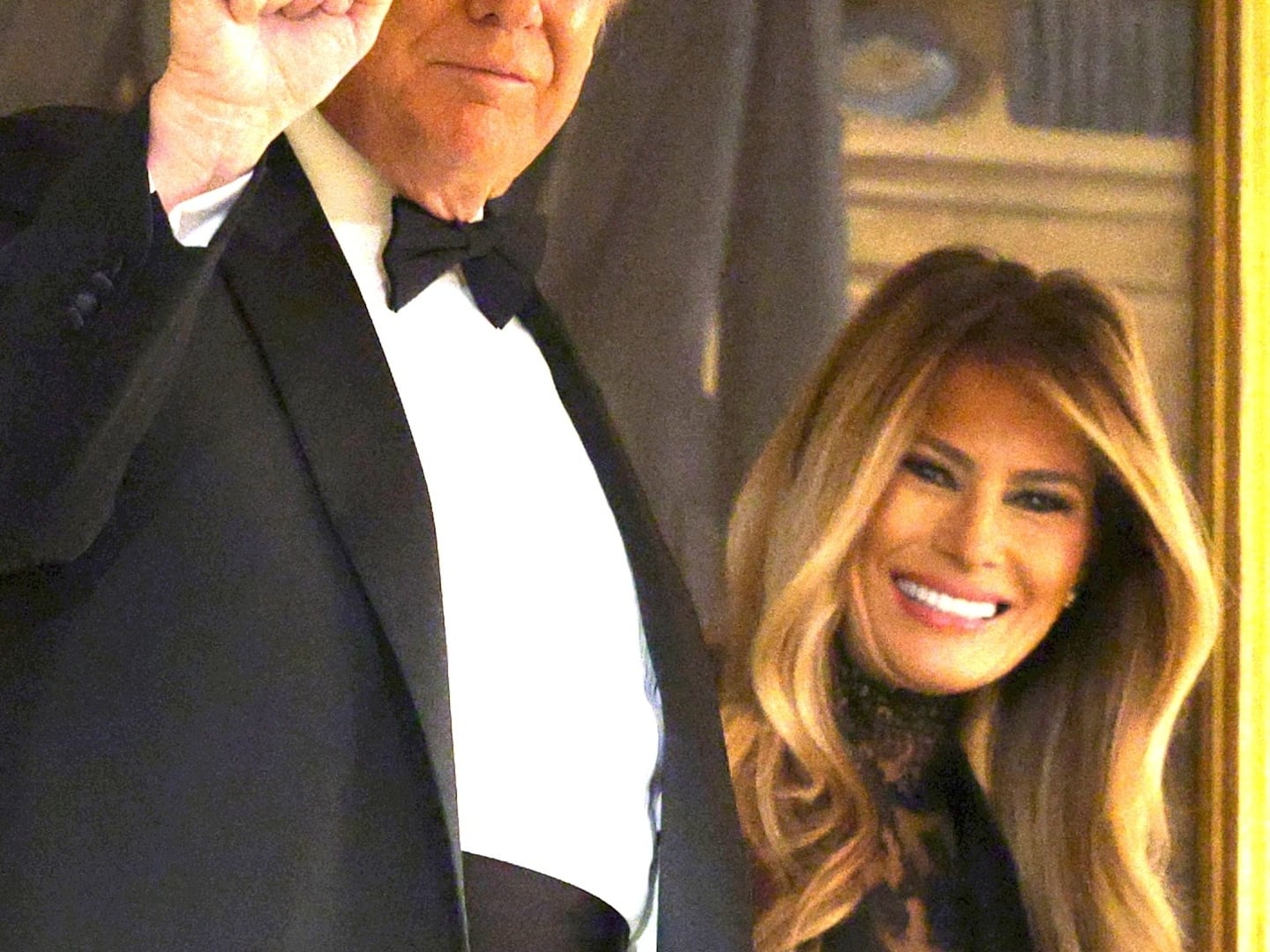At the core of a democracy lies a simple principle—that votes should count equally. Whether you’re white or black, rich or poor, or from Rapid City or Cedar Rapids, your vote should count the same as the vote of anyone else. “One person,” as this ideal gets expressed, “one vote.”
This principle, however, is violated by the way we elect our President. Because of the Electoral College, the votes of some are worth more than the votes of others. Sometimes much more. One vote in Wyoming, for example, is worth about 3.6 votes in California. One vote in Vermont is worth 3.5 votes in Texas.
That inequality — between states — is baked into our Constitution. The framers crafted an indirect method for electing the President. States are given “electors” equal to the total number of representatives they have in Congress. Because every state, regardless of population, gets the same number of senators, this inflates the power of small states relative to large states. That inequality was part of the framing deal.
Yet there is a different and a much greater inequality—within a state—that gets injected into the system for electing the President—not from the Constitution, but from state law. This is the consequence of the state-created rule for allocating electoral college votes called “winner take all.”
All but two states (Maine & Nebraska) assign all their electoral college votes to the winner of the popular vote in that state—regardless of the margin by which that winner has prevailed. In the last election, for example, Hillary Clinton beat Donald Trump by just 45,000 votes in Minnesota (out of 2.7 million votes cast). Yet she got all of Minnesota’s electoral college votes, while Trump got zero. Likewise, in Michigan, Trump beat Clinton by just 10,000 votes (out of 4.6 million cast), but he got every single electoral college vote, while she got zero.
This is the effect of “winner take all”: The votes of citizens of the United States for President of the United States get nullified in a “winner take all” state, merely because they do not align with the majority vote in a particular state.
Obviously, at a state level for a state office, “winner take all” is perfectly fine. There is only one Governor in a state. The candidate that gets the most votes in that state should be the Governor.
But when aggregating the votes of United States citizens for a federal office, this system makes no sense. A Republican from California is no less a United States citizen than a Democrat. Yet her vote for President counts for nothing. Likewise with a Democrat in Texas. There is no reason not to allocate electors in a way that gives equal weight to every citizen’s vote, at least within the constraints of the framers’ original compromise.
States initially adopted “winner take all” because it amplified the power of that state’s votes. This troubled even Jefferson, who recognized the incentive to try to expand a state’s influence. As he wrote, “[a]n election by districts would be best if it could be general, but while ten States choose either by legislatures or by [winner take all] it is folly and worse than folly for the other States not to do it.”
Yet once (practically) every other state had embraced winner take all, its important effect was not to amplify, but to shift the focus of the presidential campaigns. This is because under “winner take all,” the only states in which it makes any sense for a presidential candidate to campaign are “battleground states” — states in which the popular vote can be expected to be so close that one side has a real chance to beat the other.
Thus in 2016, two-thirds of campaign events happened in just 6 battleground states — Florida, North Carolina, Ohio, Pennsylvania, Virginia, and Michigan. Four battleground states — Florida, North Carolina, Ohio and Pennsylvania — saw 71% of campaign ad spending and 57% of candidate appearances. All together, the 14 battleground states saw 99% of ad spending and 95% of candidate visits for campaign purposes.
Yet “battleground America” is not America. Florida and Pennsylvania, for example, have a large senior citizen population — proportionally much higher than the nation as a whole. So candidates fight to earn the vote of those seniors, by promising a platform bent strongly to benefit them. Likewise, battleground America is whiter than America generally. The issues that matter to people of color are thus largely invisible (or hidden) in battleground campaigns. “Winner take all” thus outsources the selection of the President to a fraction of America’s voters (35% in 2016), but a fraction that does not in any sense represent America.
There is no good reason for this inequality. It is time for the Supreme Court to end it. The Constitution, through the Electoral College, creates some inequality, no doubt. That is no justification for allowing the states to create even more—especially when the consequence of that inequality is to so systematically skew the focus of presidential campaigns.
Even worse, these rules increase the probability of a minority-vote president. According to some estimates, there is now a 1 in 5 chance that the electoral college will produce a minority-vote president — a President that loses the popular vote, yet wins the electoral college vote. That probability will increase over time, as the population of small states relative to large states shifts. To the extent such a risk were required by the Constitution, we should accept it, at least until the Constitution gets amended. But when that risk is created not by the Constitution, but by state rules for allocating federal electors, the states should bear a high burden to justify this undemocratic result.
With others, I have now launched a new project, EqualVotesUS, intended to challenge these state created rules. The Supreme Court has made it clear that the principle of “one person, one vote” applies in the “Presidential selection process”—first in a set of cases in the 1960s, and most recently, in 2000, in a case called Bush v. Gore. But the Court has not yet considered whether “winner take all” rules are themselves consistent with “one person, one vote.” Delaware asked the Supreme Court to consider the question 50 years ago. The Court declined the request for review.
It is long past time for the Court to address this inequality directly. And if our non-profit, Equal Citizens, can crowd-fund a sufficient commitment, we will file a lawsuit to challenge the current method by which most states allocate their electoral college votes.
Conservatives like to remind us that America is not “a democracy,” but “a republic.” Yet the core value of any “republic” is equality. Political necessity may have led the framers to compromise that equality. There is no justification for allowing the states to compromise it even more.






